
THE HANDS TELL
Le mani raccontano – The hands tell is an exhibition organised by the Arte in Vigevano association at the second stable of the Castello Sforzesco in Vigevano.
As you can see from the cover of the exhibition catalogue, the hands of the artists are portrayed, hands that are an expression of the feminine as art.
The preface is by Edoardo Maffeo.
The hands tell the story of art expressed in different ways, but still manage to communicate a common element: passion.
The hands that tell of women’s creativity.
The hands that tell are those of ten women from the Pavia area:
Samantha Bonanno
Antonietta Bussi
Luciana Casatti
Loretta Dell’Acqua
Laura Dell’Erba
Diana Dent
Carla Gioetto
Rosy Mantovani
Chiara Sidoti
and Rita Viarenghi, artist and organiser of the event.
I have been following Samantha Bonanno for some time and once again I was enchanted.
Her hands are magical, capable of creating ethereal suggestions with paper together with concrete emotions.
She says about herself: ‘for me everything in life is Art.’


This is her Nubivago: a learned voice retrieved from the Latin nubivagus, composed from nūbes “cloud” + vagus “wandering” that wanders, flies among the clouds, with the head in the clouds.


And I am in love with it.
IPSEITA’ instead represents all the reflections made on asserting oneself, as a unique and distinguishable individual.

Becoming oneself is a lifelong journey, and perhaps that is what is so fascinating in my eyes.
Samantha Bonanno


What could your hands tell ?

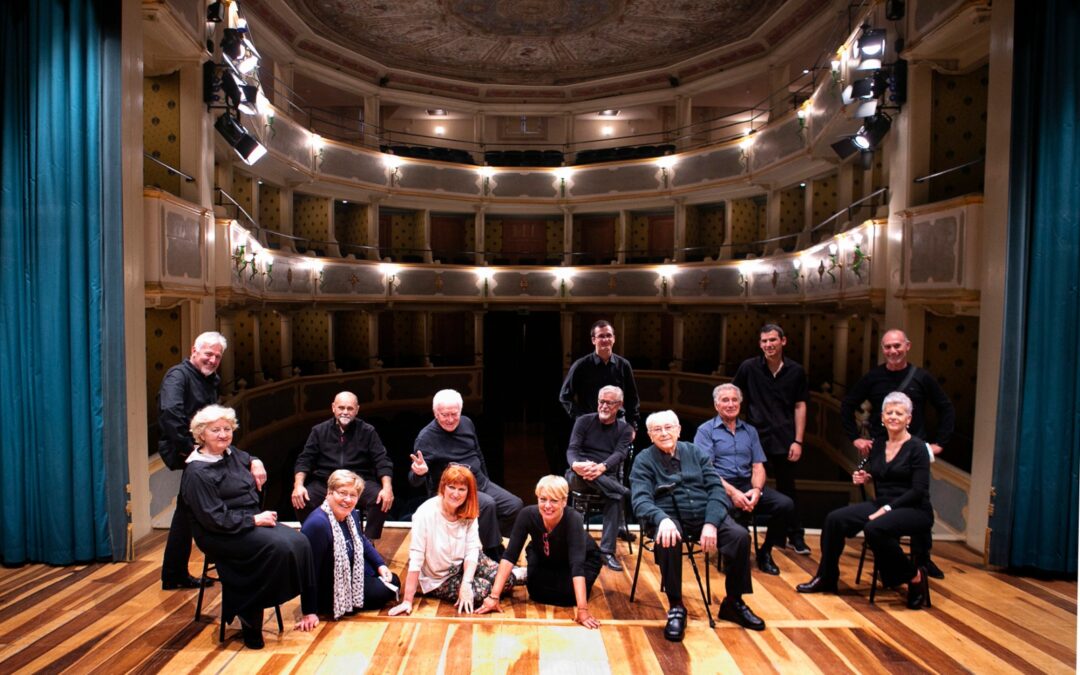
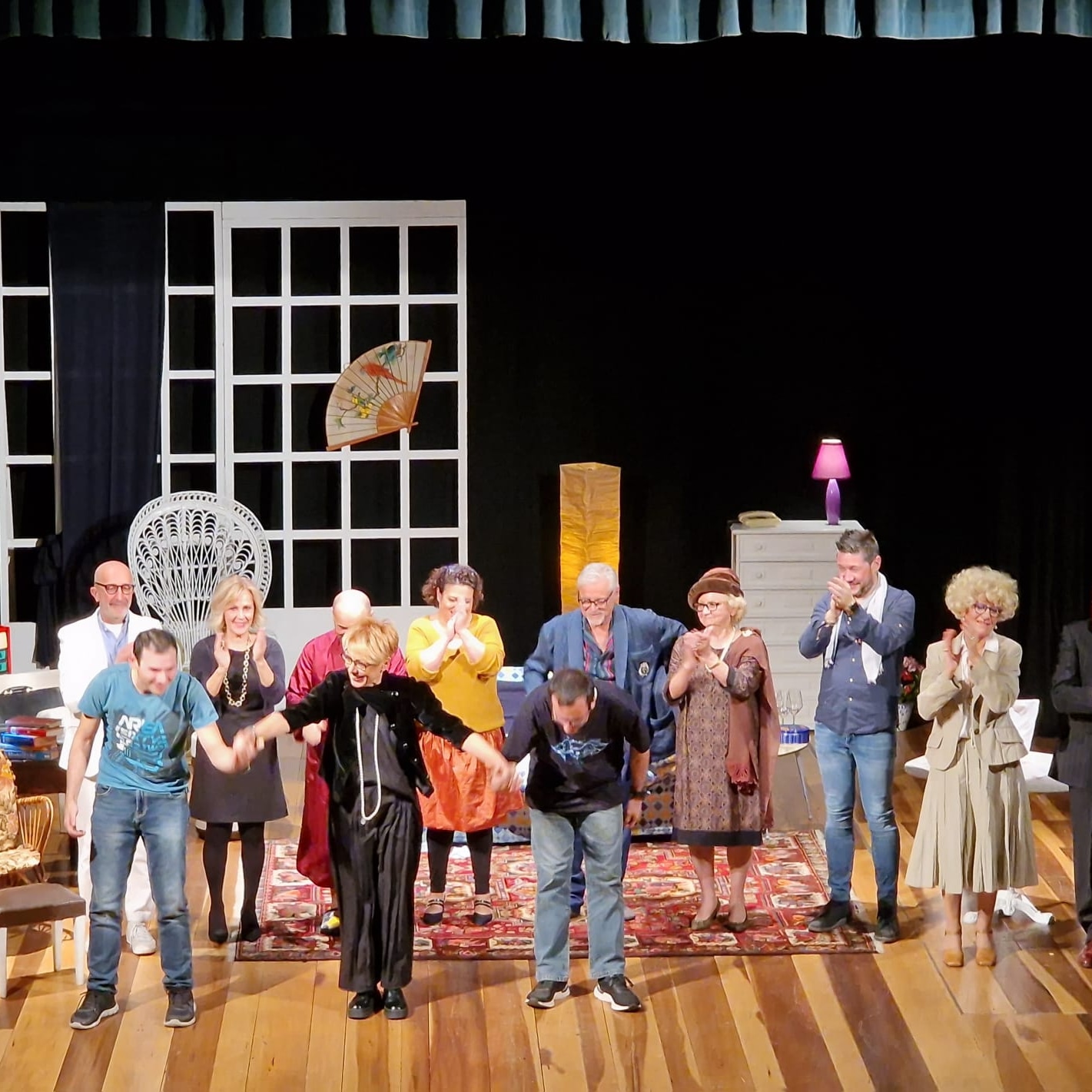
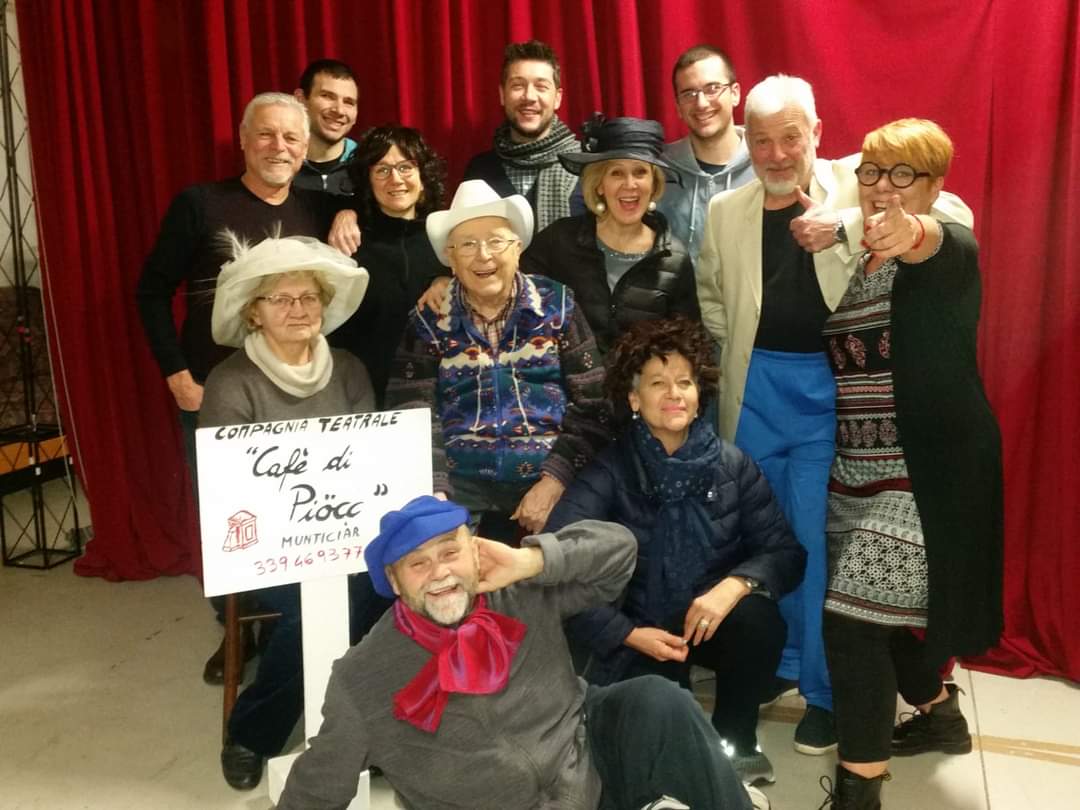

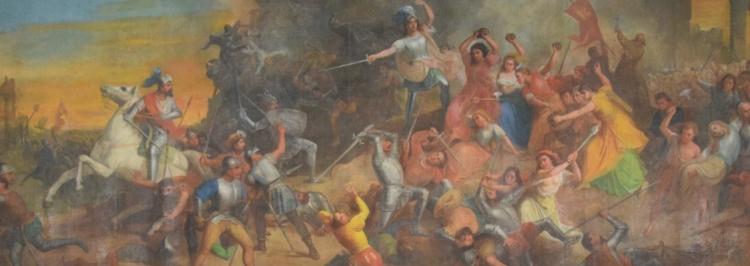




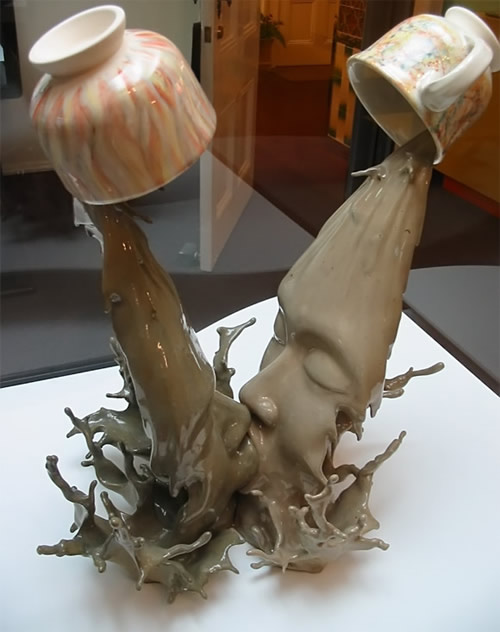


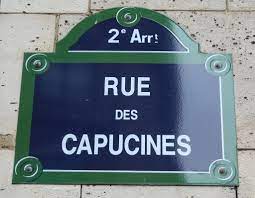
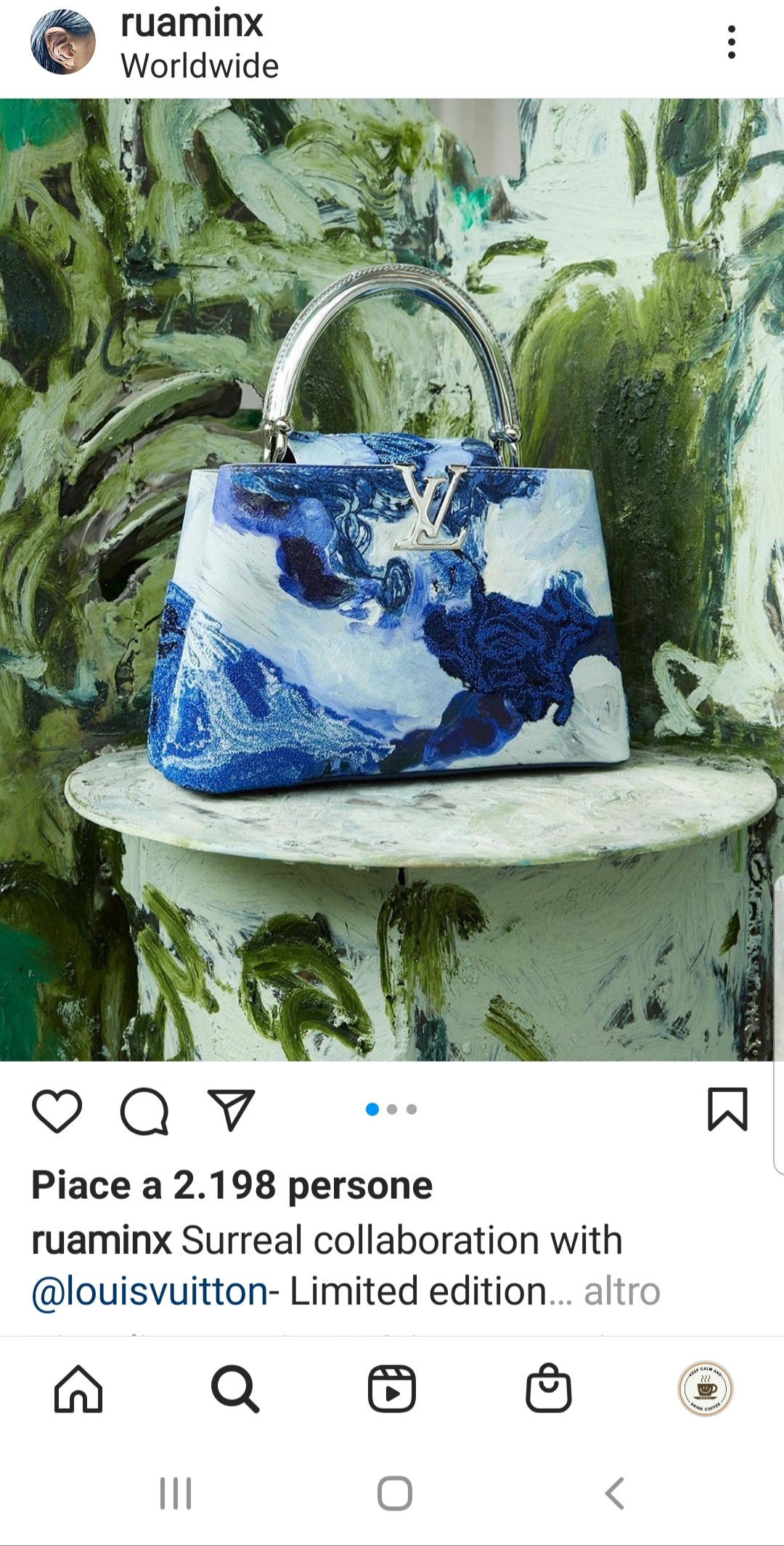
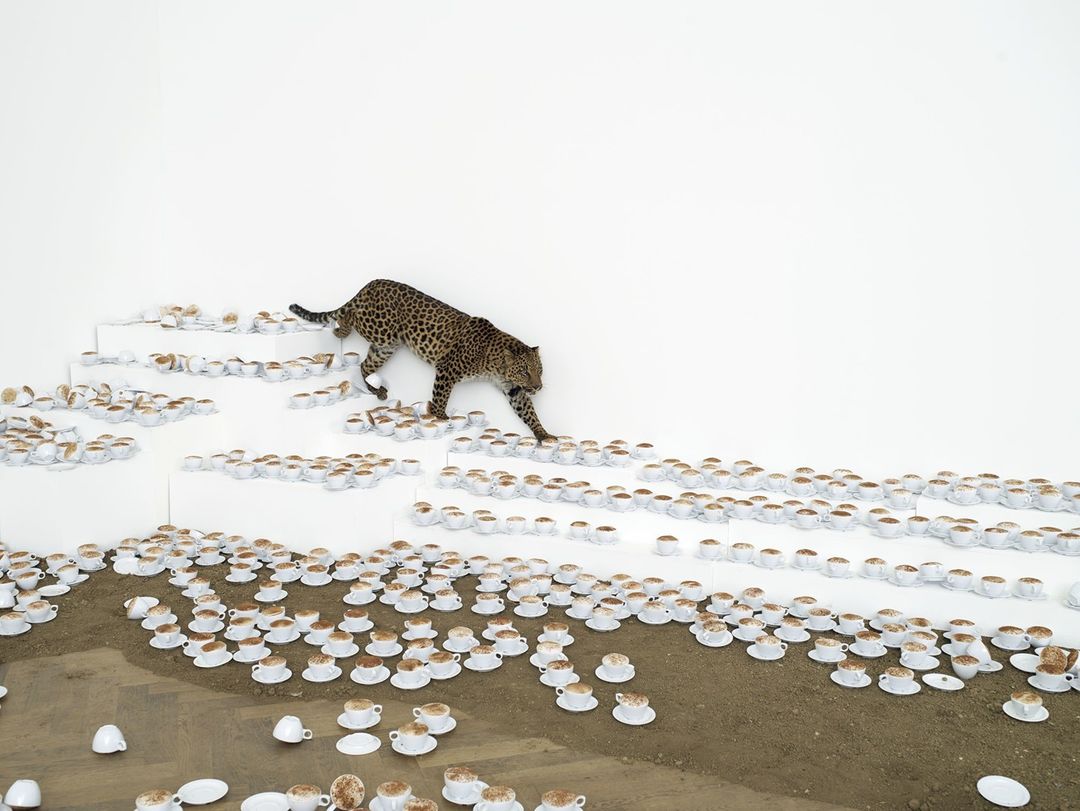
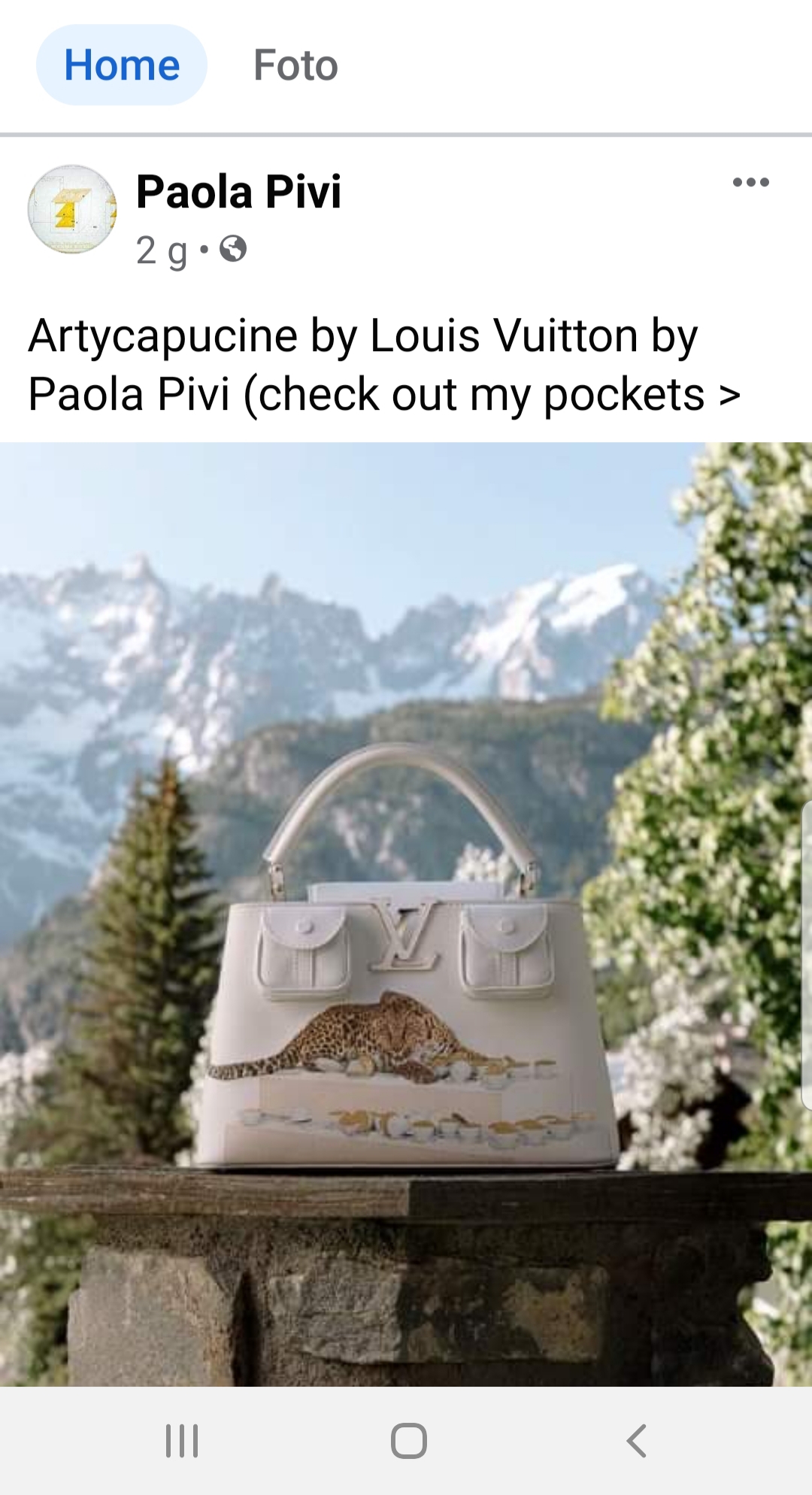

 Hi I'm Claudia and this is KCDC.
Hi I'm Claudia and this is KCDC.




OPINIONI